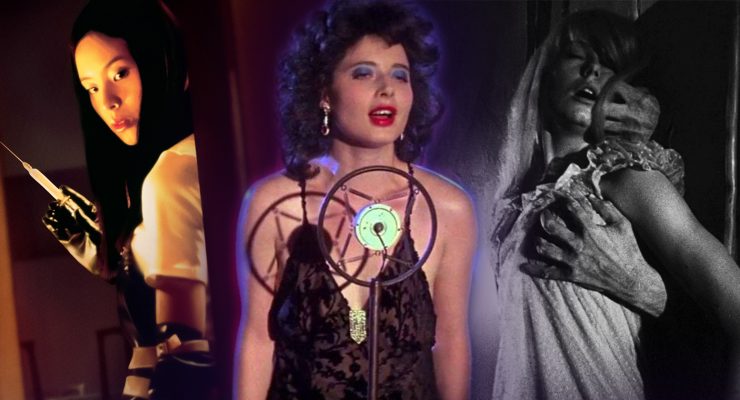Red Stewart gives his first impressions on Tick Tock: A Tale for Two…
One of the saddest gaming trends to see die over the years are “standing co-op” games. This might sound like a strange genre, but let me explain what I mean- you remember those days when you would bring your Game Boy or DS to school to trade Pokémon with your classmates? Or how about when you and your friends would link Tamagotchi together? Or how about returning home after a long day of school to kick back with your siblings and play some RuneScape?
Yes, all these titles technically still exist, but that local interplay is hardly emphasized these days. Online multiplayer will always exist, and, so long as Nintendo is around, couch co-op will remain staple of households. However, long gone are the times where a game was made with the intention of encouraging people to seek out their nearby neighbors or colleagues, family or pals, for the sake of cooperative gameplay: where you would plan out your Christmas and birthday purchases so that if one associate got Oracles of Ages, you’d bet your butt the second would get Oracle of Seasons.
While seemingly out of place in today’s era of video games, Other Tales Interactive’s Tick Tock: A Tale for Two tries to bring back some semblance of that era. And as someone who has fond memories of waking up with his brother and immediately playing Ruby and Sapphire in the early morning, I found myself easily tempted to dive back into that world. The question remains, though, does this title successfully introduce new generations to a retro-style of game design, or does it falter in its steps? The short answer is it’s a bit too simplified, but for the longer answer read on!
Tick Tock is, of course, still in development, meaning a lot of things seen in the early access demo are prone to change. Keep that disclaimer in mind as I talk about everything I experienced, starting with the story. This is a puzzle platformer that has a vague backstory to it, and one that I’m sure will be expanded upon significantly in the full release. That being said, the few narrative details that were provided were actually interesting, hinting at a family conspiracy or some cryptic inheritance. While puzzle games have, traditionally, focused primarily on their gameplay systems, I have a feeling that Tick Tock will be different in that regard, but we will have to wait and see.
From there, we move onto the graphics, as presentation is as equally important for puzzles as it is for conventional action games. Tick Tock is set in the 1920s, but it strangely doesn’t embody any of the architectural or design styles of that era- this was the decade where Dadaism bled into Art Deco, creating something out of a hypnagogic panorama. Tick Tock, on the other hand, lacks any apparent surrealism in its aesthetic. For the most part, what’s in front of you are dimly-lit, minimalist backdrops, and that’s not meant to be a jab at the programmers- everything looks great. Though this video game was clearly made on a lower-budget, the color grading is top notch, and the actual layout of all the scenery pieces is ergonomic.
Sound, at least for the demo, wasn’t really there. There’s no voice acting, and I recall music only playing in a few places, preventing me from giving a valid critique of it. Thus, the only thing left is the SFX, and all I can truly say on that front is that it works. I kind of feel that there was a missed opportunity here to put players in the heart of an industrial world, as the 1920s were home to major technological innovations. Sure you get the static of a Ham radio or chugging of steam locomotion, but it feels more withdrawn than directly complimentary to the game. It’s not bad, however I do wish more had been done.
With those bases covered, we now come to the main topic at hand, which is the actual gameplay. As I said in the beginning, Tick Tock is a throwback to those older games that encouraged local cooperation, and it does this by providing two keys for two different players within the same proximity of each other. Puzzles in the title mostly consist of each person discovering one half of an enigma and having to put their respective halves together to see the full picture and consequently solve it. Now sure, you can technically do this with a stranger and communicate with them through some chat or video service, but you’re going to find it much more annoying to do due to the picturesque nature of most of the problems.
That feature, however, is Tick Tock’s biggest downfall, at least in the 30 minutes I played with my brother. See, the puzzles just aren’t that difficult, nor are they varied- everything boils down to finding the two parts and merging them together, whether it’s a split ticket or an obscure smoke message or a damaged map. My hope is the full game comes with a greater diversity of challenges: ones that cannot be resolved through an online guide.
For all the crap Pokémon Go got, I at least respected it for trying to bring back the interplay from my childhood. Tick Tock may not be outstanding at the moment, but it is surely a step in the right direction, and my dream is it sparks other indie developers to do the same.
Red Stewart















